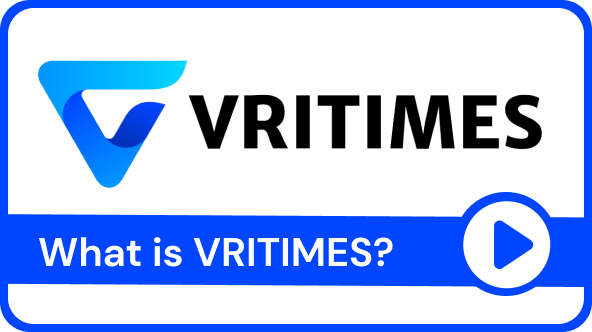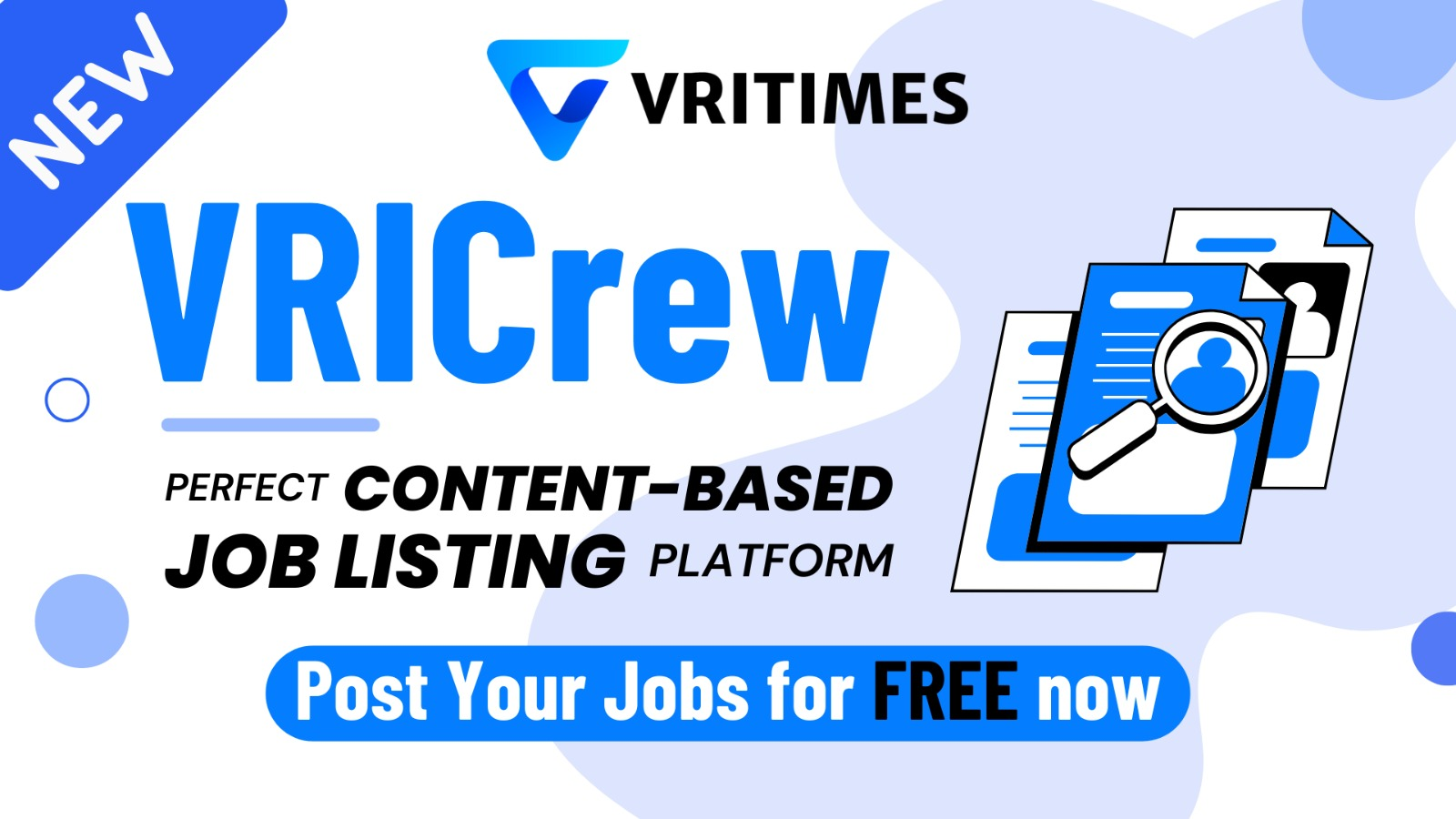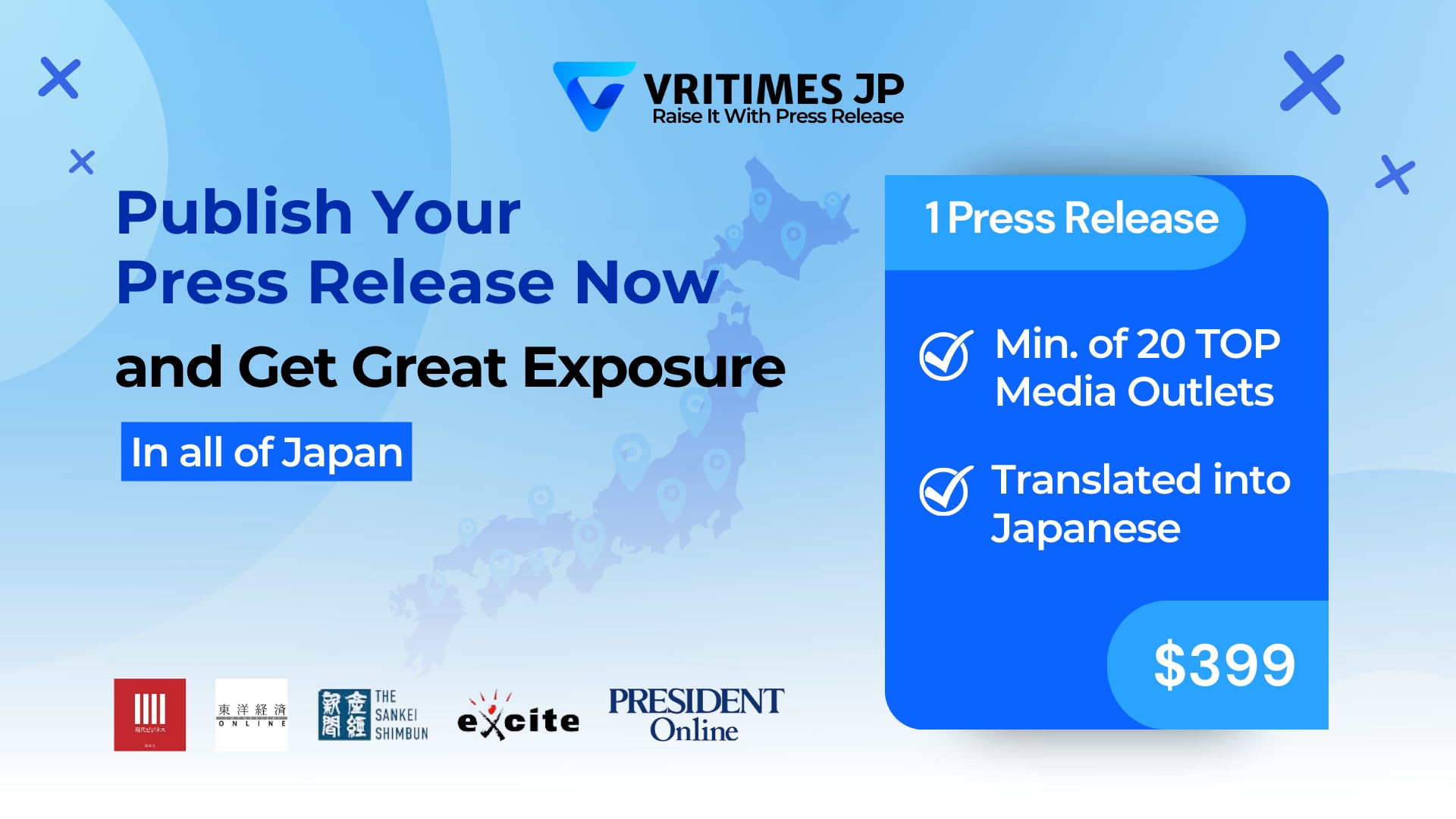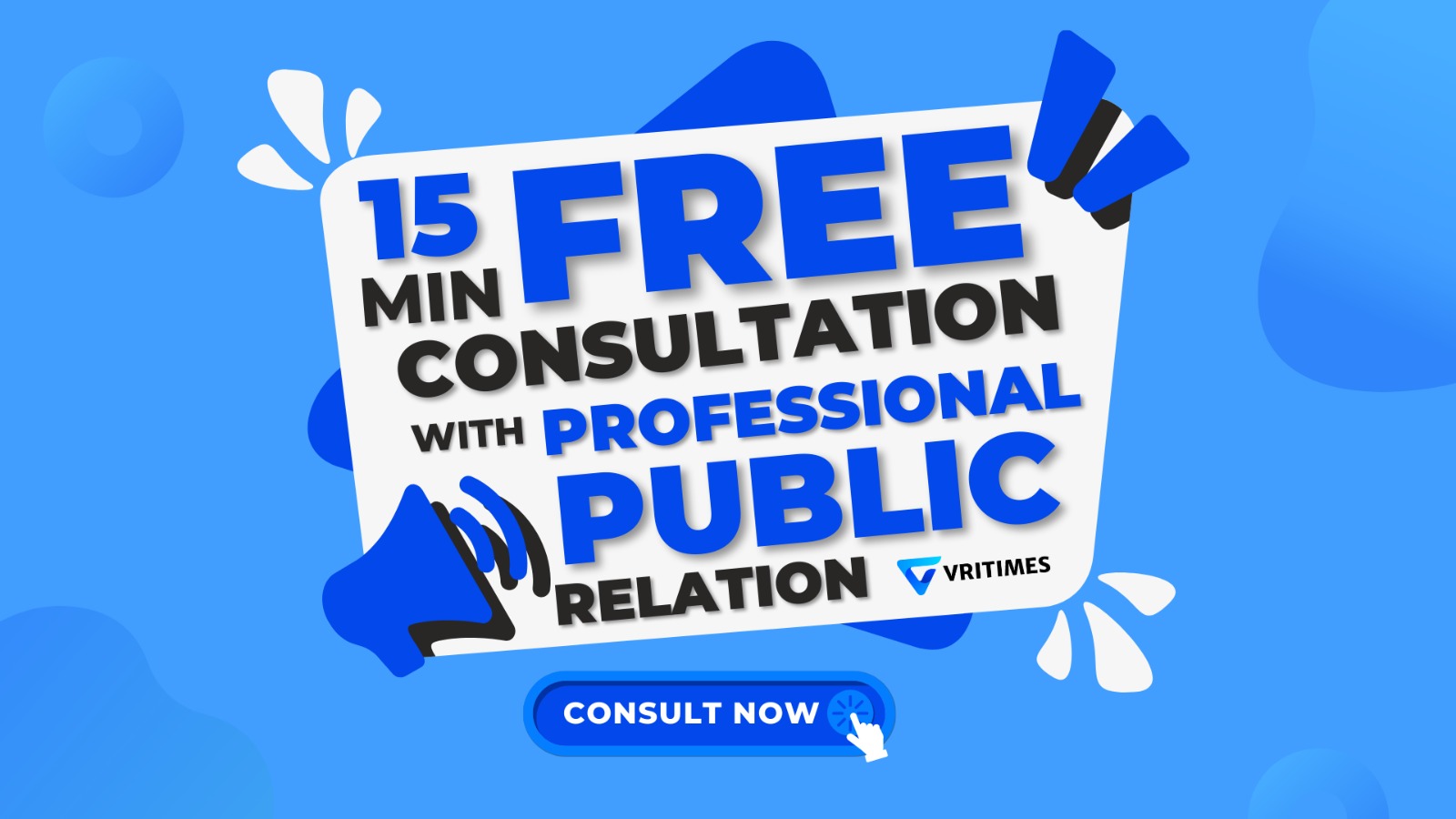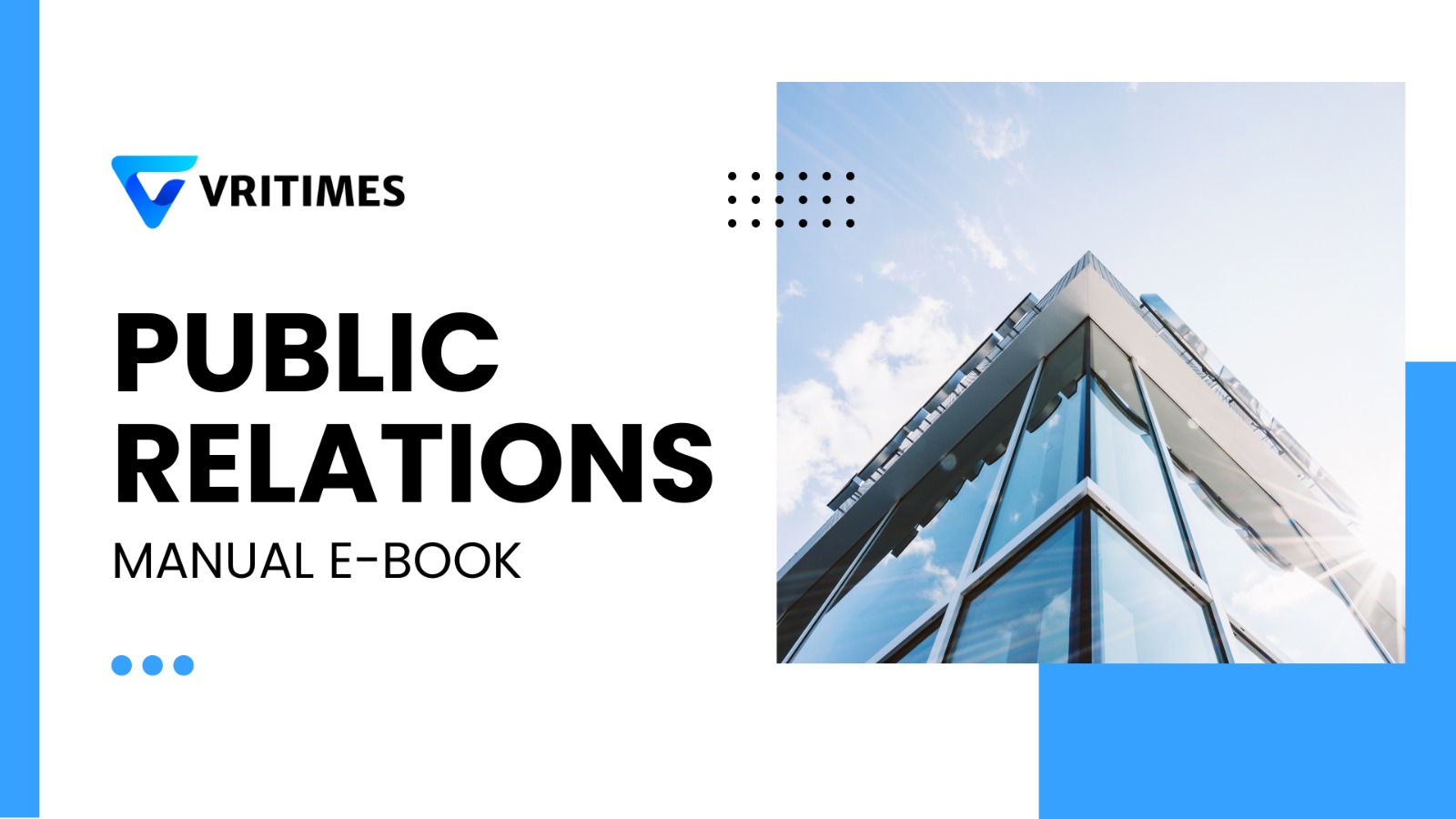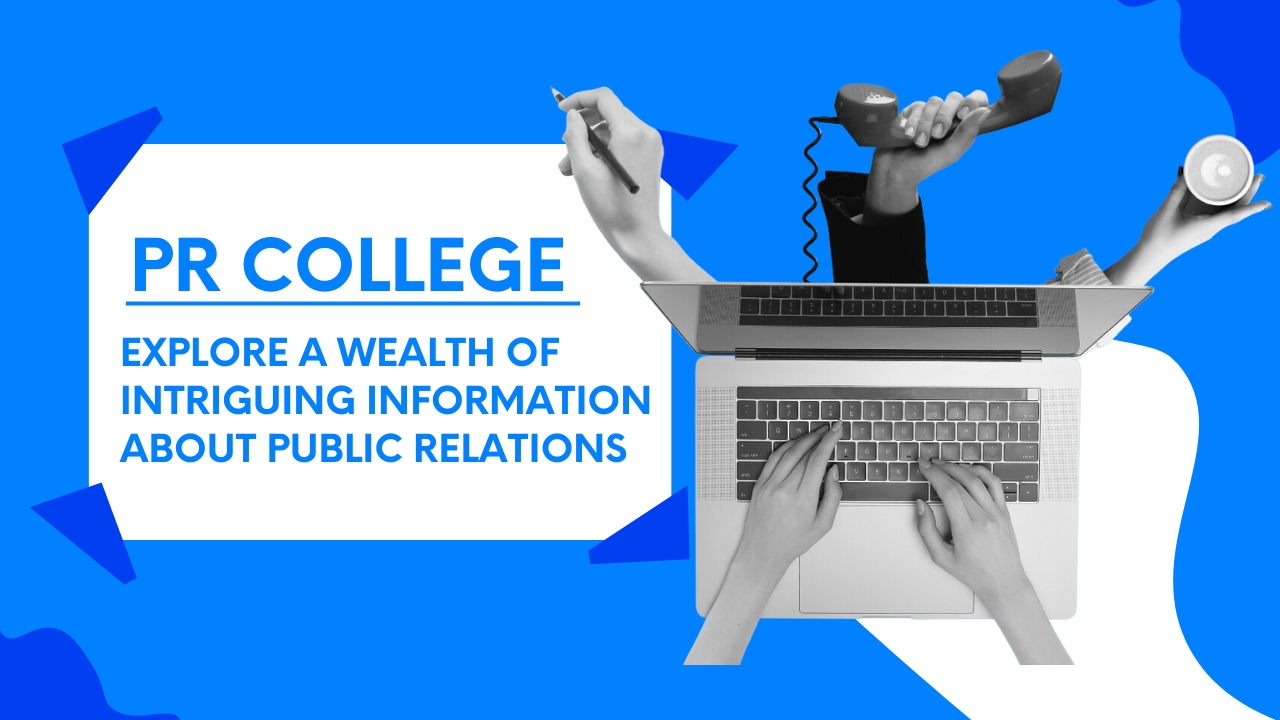/ How to Optimize Press Releases in an Era Where LLMO is Replacing SEO?
How to Optimize Press Releases in an Era Where LLMO is Replacing SEO?
Press Releases in an Era Where LLMO is Replacing SEO–In the digital landscape, content visibility has long been dominated by SEO, an intricate game of keywords, backlinks, and algorithm updates. But as Large Language Models (LLMs) like ChatGPT, Claude, and Gemini become central to how people search for and consume information, a shift is taking place. We're entering the era of LLMO (Large Language Model Optimization)—where content must not only rank on search engines, but also be recognized, summarized, and cited by AI models in conversational responses.
In this article, we’ll explore how LLMO is changing the rules of engagement for press releases—and what you can do to adapt. From strategic formatting and tone to choosing the right media platforms for distribution, the key is no longer just visibility, but AI-readiness. Let’s dive into how you can stay ahead in this new era of intelligent search.
What is LLMO and How It’s Changing the Rules
In a world where AI-driven tools like ChatGPT and Google’s Gemini are redefining how people access information, a new concept is emerging: LLMO, or Large Language Model Optimization. Unlike traditional SEO, which focuses on search engine algorithms, LLMO is about making your content discoverable, understandable, and quotable by AI systems. This shift is changing the rules for brands, publishers, and marketers. It’s no longer just about ranking high on Google—it’s about becoming part of the AI conversation. In this article, we’ll unpack what LLMO really means, why it matters, and how it’s reshaping the way we create and distribute digital content.
Challenges of Traditional Press Releases in the LLM Era
As Large Language Models (LLMs) like ChatGPT, Claude, and Gemini become primary gateways for information, traditional press releases are facing new relevance challenges. Unlike search engines that rely on keywords and backlinks, LLMs prioritize structured, clear, and semantically rich content that they can interpret, summarize, and reference naturally. This shift means that traditional press releases, often dense, jargon-heavy, and formatted for media professionals, may go unnoticed or misinterpreted by AI systems. Moreover, since LLMs aggregate information from high-authority and well-structured sources, poorly optimized releases risk being excluded from AI-generated answers entirely. To stay visible in the LLM era, organizations must rethink how they write, format, and distribute their press content, not just for humans, but also for machines that now help shape public understanding.
Best Practices for Optimizing Press Releases for LLMO
In the era of Large Language Model Optimization (LLMO), crafting press releases isn’t just about impressing journalists—it’s about being understood and prioritized by AI models that summarize and serve information to users. Here are some best practices to make your press releases LLMO-friendly:
1. Use Clear, Concise Language
Avoid jargon and overly technical language. LLMs perform better when processing natural, direct sentences that convey key points without ambiguity.
2. Prioritize Structure and Readability
Break your content into sections with clear headers, bullet points, and short paragraphs. Use a logical flow: headline → summary → body → quotes → additional context.
3. Include Context-Rich Keywords
While keyword stuffing is outdated, relevant and semantically related terms help LLMs understand your content and match it with user queries.
4. Publish on Authoritative Channels
Ensure your press release is distributed through high-domain-authority websites or news wires. LLMs tend to trust and cite reliable sources more frequently.
5. Optimize for Summarization
Assume your release will be summarized. Put key facts, announcements, or stats early in the release to ensure they appear in AI-generated summaries.
6. Use Schema Markup (Where Possible)
Structured data like schema.org helps search engines and AI models parse and categorize information accurately.
7. Maintain Brand Voice and Clarity
Consistency builds recognition. LLMs often pull patterns from past content, so a clear and consistent brand narrative can strengthen your presence.
The Role of Media Coverage in LLMO
As Large Language Models (LLMs) increasingly shape how information is discovered and delivered, media coverage plays a more strategic role than ever. In the era of LLM Optimization (LLMO), visibility is not only about ranking on search engines—it's about being cited, summarized, and recommended by AI models.
1. Media Mentions Strengthen Credibility Signals
LLMs are trained on massive datasets, including reputable news sites and media publications. When your brand is featured by high-authority media outlets, it becomes more likely to be picked up or referenced in LLM-generated outputs, enhancing trust and visibility.
2. AI Models Prioritize Reliable Sources
Unlike traditional SEO, which could be manipulated with backlinks or keywords, LLMs are more discerning. They tend to elevate content from domains consistently seen as trustworthy. This makes earned media coverage a key factor in LLMO success.
3. Narratives from the Press Shape AI Interpretation
LLMs don’t just "read" your content—they interpret context and intent. Positive, clear, and well-structured media narratives about your brand help LLMs form a coherent and favorable understanding, which may influence how they answer user prompts.
4. Boosts Discoverability Beyond Search Engines
When users ask questions in AI platforms like ChatGPT, Perplexity, or Gemini, the answers often reflect the most cited or credible information in training or indexing data. Media coverage ensures your brand enters that ecosystem.
Metrics and Success in the Age of LLMO
As we shift from traditional SEO to LLM Optimization (LLMO), the way we define and measure success in digital communication is evolving. Old metrics like keyword rankings and backlink counts are no longer the only indicators of visibility. Instead, LLMO calls for new benchmarks aligned with how AI models interpret and surface content.
1. From Clicks to Citations
In the LLMO era, it’s not just about how many people visit your site—it’s about how often your brand is mentioned, cited, or summarized in authoritative sources that LLMs trust. Success is measured by influence in the knowledge graph, not just web traffic.
2. Content Quality Over Quantity
AI models prioritize relevance, clarity, and reliability. Well-structured content with accurate information is more likely to be picked up by LLMs. This means success metrics should include content score quality, source credibility, and factual consistency.
3. AI Visibility and Inclusion
Are your brand or insights being included in AI-generated answers? One emerging metric is LLM Inclusion Rate how often your business appears in answers across tools like ChatGPT, Perplexity, or Gemini when users ask about your niche.
4. Mentions in High-Authority Media
Media coverage from reputable sources is now a strong success indicator. Not only does it strengthen your credibility, but it also boosts your chances of being referenced by LLMs trained or indexed on trusted data sources.
5. Engagement Beyond Search
Tracking mentions in social media discussions, citations in newsletters, or recognition in thought leadership content are all important LLMO metrics. These signals show that your message is circulating in human and machine networks alike.
Also Read : Public Relations Pivotal Role in the Age of Fake News
VRITIMES: Best Press Release Distribution Services
VRITIMES is a reliable press release distribution platform designed to help businesses boost their media visibility and strengthen their brand reputation. Leveraging a vast network of respected media partners, VRITIMES ensures your news reaches targeted audiences, whether on a local, national, or international scale. From product launches and strategic announcements to milestone updates, the platform offers a streamlined and budget-friendly solution with guaranteed media coverage. For organizations looking to enhance their PR efforts and achieve tangible results, VRITIMES remains a top choice in the industry.
Ready to get your story published and seen? Click HERE for further information.

